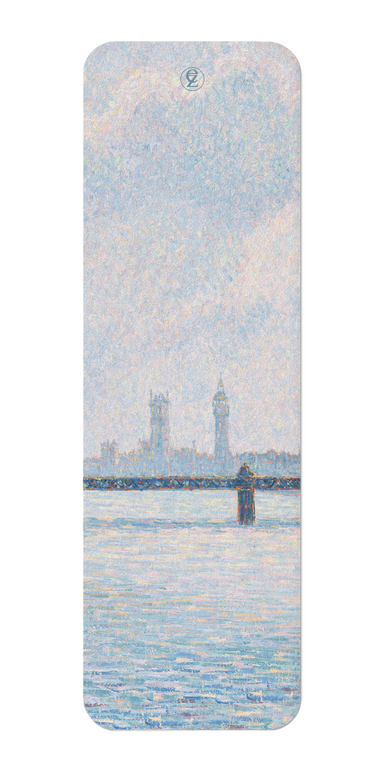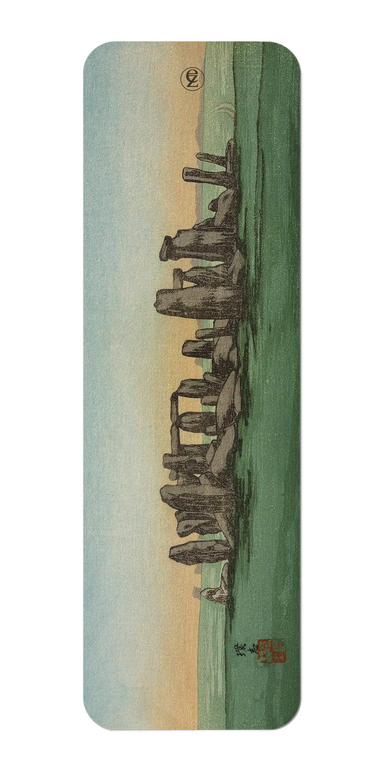Bookmark

SCOTTISH EZEN FROG: Bookmark
Login to view pricing
Text on the reverse side: A contemporary Scottish adaptation of a Japanese woodblock print dating from 1814. The Japanese word for frog is “kaeru”...
View full details






















